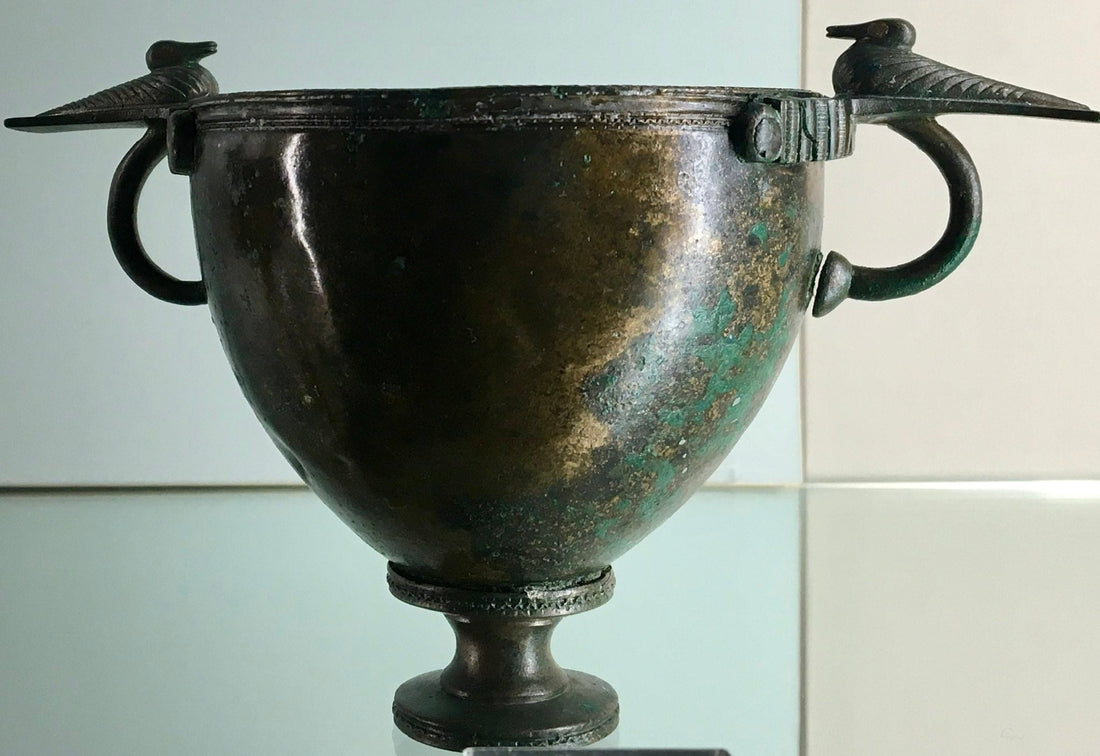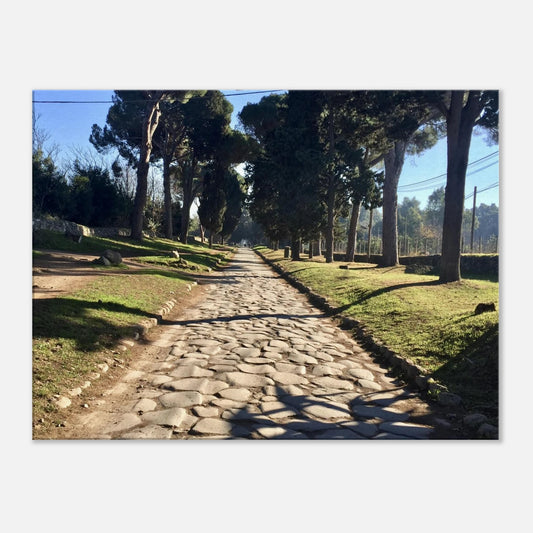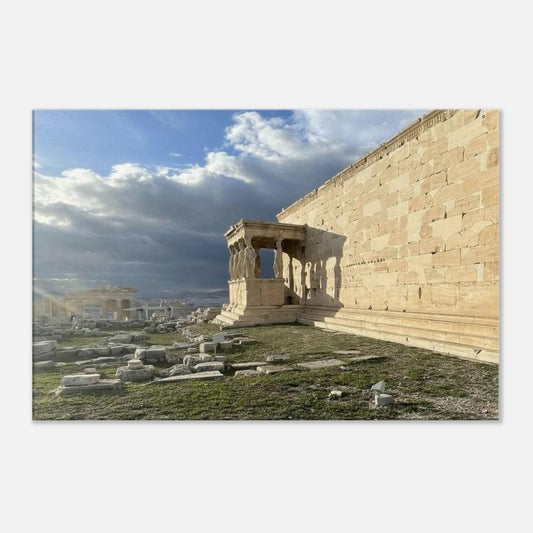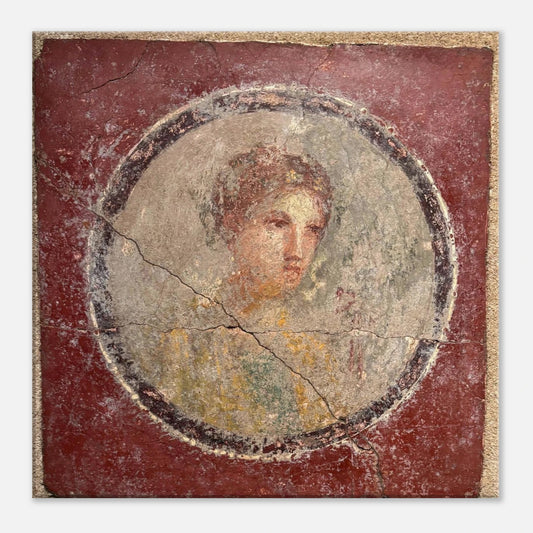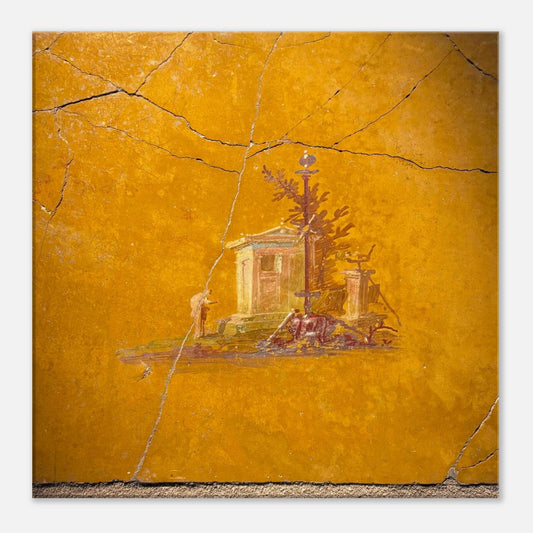Atrocity, Humiliation, and the Seeds of War — Norfolk, 60 AD
Lindsey HallCompartir
“A man-beast in bronze scales was flogging a woman, her long hair blood dabbled and fouled; and I knew it was the Queen. The beast in bronze scales checked for a moment, and looked grinning towards someone I could not see, and the procurators voice said; “10 more strokes I think, yes 10 more should help quench her fires.” Dead men were lying around me, and others standing with their arms bound behind them and their wounds running red, and somewhere a girl was still screaming; the terrible high screaming of a wounded hare … that went on, and on, and on.”
Rosemary Sutcliffe – Song for a Dark Queen.
The Brutal Reality Behind Tacitus’ Words
Tacitus comments, briefly and perhaps mercifully; “First his wife Boudicca was scourged, and his daughters outraged.” This detail is oft recited with little empathy or imagination, maybe to protect ourselves from the awful brutality. Flogging tore the flesh from the back, sometimes exposing bones and often causing internal injuries. Infection of the wounds inflicted was also a high risk. It is very likely that the Romans left her, bloodied and half conscious, with the expectation she would die. Even more unbearable is the thought of what occurred to her daughters. Tacitus does not relate their ages, but if unmarried they would have been young, children even. The acts would have been incredibly brutal and scarring to any mind let alone a young one, and actions fully intended to terrify, humiliate, and pollute. Again, with likely not a care as to whether they lived or died. Atrocity is not too strong a word.
The Shattering of a People
For the Iceni as a tribe, a proud people who may have already elevated Boudicca after the death of her husband Prasutagus, she and her daughters would have been sacrosanct. Combined with their personal tragedies, one can only imagine the anger and outrage felt by the tribe. For half a lifetime, the Iceni had given Rome their loyalty, arms, and sacrificed some sovereignty to establish peace. Some wealthier Iceni had developed Roman tastes and cultural influences had inevitably started make their mark, but now they had seen their possessions and lands taken and their kin murdered, brutalised, and raped. While Tacitus talks only about Boudicca, her daughters, and the “chief men”; similar horrors would have played out across their territory.
Rebellion Rising
We have no archaeology or sources to tell us exactly where royal household resided, or exactly where these events took place; it could have been Caistor St Edmonds or Watton near Norwich or Thetford, as all are known Iron age settlements of some standing. Wherever the site of the royal household, here and across the Iceni territory, mourning and despair would very quickly give way to anger, a rejection of any concept of compromise, and a desire for vengeance against the Romans. As the calls for rebellion grew and warriors began to muster, it seems that many Iceni buried valuables, coins, jewellery, cups, all over their territory. This was a common enough practice in times of war or anarchy across the ancient world to protect wealth, but in many places in Norfolk, Iron age findings suggest there may also have been a ritualistic justification.
The Rejection of Empire?
One such find, the Crownthorpe Hoard was found in 1982 by a metal detectorist. Interestingly, it consists of several items of bronze and silver with heavy Roman influences made by local Iceni craftsmen and some imported items. Whoever owned these items never retrieved them and maybe never wished to. The context suggests these were put in the ground in 60/61AD. Buried by a wealthy Iceni Briton, maybe to protect wealth, as an offering before setting off to war, or maybe as a rejection of anything Roman.
The Cost of Empire
The events of 60 AD tore the fabric of the province of Britannia; what began as humiliation ignited into full-scale war - a war that would burn Romano-British cities to the ground and leave many thousands dead on both sides. But it began here, in Norfolk, in private agony, in personal violation, and with treasures buried in the earth.
This part of the Boudiccan story reminds us that beneath the headlines of history; rebellion, conquest, resistance, are the lives of people: mothers and daughters, warriors and craftsmen, who chose rage over submission.
The Artifact
This bronze cup was part of the hoard and is of roman form and decorated with handles rendered as birds in a characteristic Celtic style. This resides in the Norwich Castle Museum.
